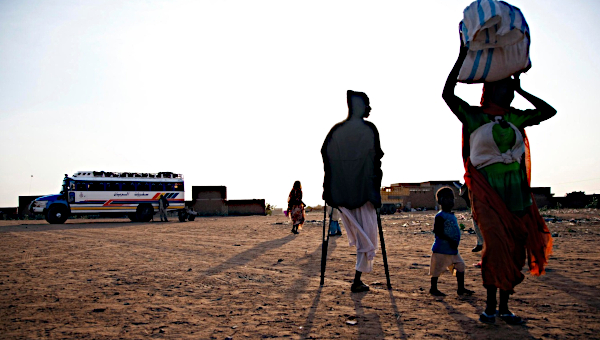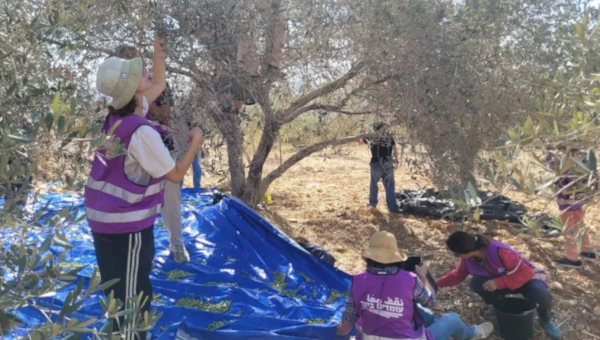Ways of Seeing Children: The Facile Psychology of Capitalism
The majesty and burning of the child’s death…
After the first death, there is no other. – Dylan Thomas
The sniper who shot at Muhammad the child
Beneath his father’s arm
Wasn’t acting alone – Aharon Shabtai J’Accuse
If you are overcome by the horrific crimes committed against children and then wonder how such cruelty can be, it may help to understand stories that adults tell children in their day-to-day lives. What kinds of core beliefs justify so much atrocity? My understanding comes in part from psychoanalytic work with children and adults. From among countless children’s stories, I will focus here on Roger Hargreaves’ Little Miss Helpful and compare it to the Hobans’ A Birthday for Frances, and then touch on Israeli filmmaker Avi Mograbi’s revelatory documentary about the Masada and Samson heroic suicide-terrorism stories told to Israeli children as they grow up. (Such normalizing of the pathological is a counterpart to the practice of “Pathologizing Kids,” written about recently by Martha Rosenberg and featured in Counterpunch.)
 Little Miss Helpful is part of a 130-book series of Little Miss and Mr. Men pocket-sized, inexpensive books published by Penguin-Random House and promoted as one of the best-selling children’s books of all time. According to the Wikipedia, the books sold “100 million worldwide across 28 countries.” The illustrations are simple one-dimensional emoticons with heads and bodies blended in one big bubble with no separation or intercession between a thinking head and acting body. The stories omit any reference to the existence of an inner life of thinking, feeling, or sensing.
Little Miss Helpful is part of a 130-book series of Little Miss and Mr. Men pocket-sized, inexpensive books published by Penguin-Random House and promoted as one of the best-selling children’s books of all time. According to the Wikipedia, the books sold “100 million worldwide across 28 countries.” The illustrations are simple one-dimensional emoticons with heads and bodies blended in one big bubble with no separation or intercession between a thinking head and acting body. The stories omit any reference to the existence of an inner life of thinking, feeling, or sensing.
“Little Miss” is more a caricature, than a character whose name is a cute, but also sarcastic, moniker. “Little Miss Helpful was one of those people who loves to help other people, but who ends up helping nobody. Do you know what I mean?” The story goes from one slapstick incident to another, with physical pain presented as humourous but never conveyed as painful, dangerous, or shaming. Every attempt to help turns into a silly mess, and Little Miss Helpful learns nothing and is never regretful or empathic. The explicit moral: Helping is Ridiculous. In some of the other books in the series, the presenting problem is resolved by magic or when Little Miss or Mr. Man is humored by Mr. Happy’s positive thinking.
Dog-Eat-Dog Capitalism
One might view this portrayal of people as a counterpart to Margaret Thatcher’s infamous rationale for abnegating social responsibility: “there is no such thing as society” is coupled in these stories with “there is no such thing as psychology.” Little Miss and Mr. Man do not have any capacity for self-observation or concern for others. They are essentially mindless. Even physical pain is comic. It’s a recipe for ‘dog-eat-dog’ guiltless and shameless capitalism.
In contrast, A Birthday for Frances shows how a little girl can struggle and even change when confronted with some of the knottiest of human problems. On her little sister’s birthday, Frances must deal with her own jealousy, resentment, rationalizations, and her all-or-nothing belief about the distribution of desirable goods: “Your [my] birthday is always the one that is not now.” The characters are possums shown in illustrations that depict the subtleties of emotion. Frances’ parents are parental, neither matriarchal nor patriarchal, and they know when to offer help and when to step aside, conveying a sense of proportion and reality to Frances.
Frances is a child who is already quite a full person: she loves words and she makes up rhymes, songs, and expressive stories in the process of knowing herself. She is conscious of her conflict. Frances also draws mean pictures and relishes being witch-like and both sisters remember mean things they’ve done to each other. When it is her sister’s birthday Frances experiences psychological conflict: she cries because she both does, and does not want to give her sister a present. In the end, despite her ambivalence, she does buy, with her own money, a gift that she knows her sister will like – a chocolate “Chompo” bar, something Frances, herself, would love to eat too. She struggles with wanting to hold on to it, and so, she can’t resist giving it a “Squeeze” before she is finally able to proffer it to her sister. There is no magic in this story to resolve problems. Instead, the mother comments on how the desire to settle conflicts is “a special kind of good wish that can make itself come true.” And Frances is able to say to her sister, “You can eat it all, because you are the birthday girl.”
The Mograbi documentary Avenge But One of My Two Eyes shows ways that adults clearly indoctrinate children with stories. Mograbi records parents, teachers, religious and military leaders depicting the Samson and Masada stories in compellingly exciting, frightening, and seductive ways that tap specifically into the various anxieties that characterize different phases of development. The adult story-tellers conflate fiction and reality: a father graphically describes to his very young children how “Samson The Hero” disgorged and mutilated a lion, dramatizing how sadism is the key to security. A group of older teens, as part of their military training, hear about heroic Masada leaders and are asked what they would do if under siege by an occupying force, and without hesitation or any hint of irony, the majority say they would commit kamikaze acts against the military occupiers. A religious leader whips up sexualized frenzy as he conflates ancient Philistines with modern Palestinians.
I presented a detailed analysis of this film at the 2008 Gaza Community Mental Health Programme/World Health Organization “Building Bridges” meeting held just before Operation Cast Lead erupted against Gaza.1 The telling of these kinds of stories evokes unquestioning admiration of powerful authority, just when children are beginning to form their own values. Loyalty to the group is extolled at a time when teens waver between the desire to be unique individuals and the wish to identify with a group. The stark outcome is that these children and adolescents come to understand historic victimhood as an entitlement to be grandiose aggressors like Samson or the Massada leaders.
A different and respectful message comes from Dr. Seuss’ Horton Hears a Who: “A person’s a person no matter how small.” •





